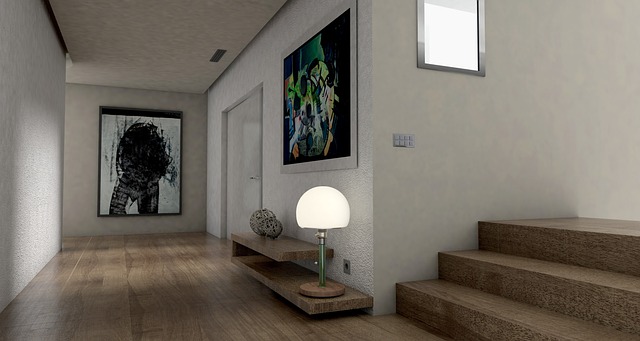As we stand on the brink of a technology-driven revolution, the concept of actor simulation is evolving dramatically within virtual and augmented reality environments. These digital realms have become more than just platforms for entertainment; they are now spaces where human emotion, creativity, and interaction can be authentically reproduced, transcending traditional limitations.
In virtual reality (VR), immersive experiences allow users to embody characters, stepping into their shoes to engage in uniquely crafted narratives. Here, actor simulation goes beyond mere representation; it operates on a level that taps into our psychological and emotional triggers. When you don a VR headset, the environment becomes a playground for the imagination. It’s not just about seeing a digital character; it’s about feeling the weight of their experiences as if they were your own. This emotional connection can profoundly transform storytelling, offering audiences a powerful and engaging experience.
Augmented reality (AR), on the other hand, brings a different dynamic to actor simulation. By overlaying digital elements onto our real-world environment, AR creates a unique blend of reality and simulation. Imagine walking through your city while engaging with digital avatars of actors performing personalized narratives just a footstep away. This seamless integration of simulation enriches our daily lives, allowing for spontaneous creative interactions and deepening our connections to our surroundings. The actors in these simulations are not confined to the screen; they intermingle with our physical space, creating unforgettable moments that feel both personal and enchanting.
The potential of actor simulation within metaverses also stands out. The metaverse, a collective virtual space, encompasses both VR and AR, creating a boundless landscape for interaction. Within this expansive universe, digital avatars—each powered by advanced actor simulation technology—can connect people from all corners of the globe. Users can assume any identity, interact with others, and embark on adventures limited only by their imagination. In such spaces, social dynamics are reshaped; it becomes possible to experience empathy and understanding, as we engage with multifaceted characters who mirror the complexities of real-life social interactions.
The innovations in artificial intelligence and machine learning further enhance actor simulation. With these technologies, avatars are becoming increasingly adept at responding to user behavior and emotions, creating a dynamic environment where interaction feels natural and fluid. Whether it is a virtual conversation or a complex scene played out in a shared online space, the experience becomes richer and more compelling, drawing users deeper into their chosen narratives.
As we navigate this exciting frontier of digital interaction, actor simulation offers a glimpse into the future of storytelling, communication, and community-building. The lines between performer and audience blur until they become nearly indistinguishable. The transformative power of these simulations not only captivates our senses but also invites us to question the nature of reality itself.
As we continue to explore the possibilities within virtual and augmented realities, one thing is certain: actor simulation will play a crucial role in shaping how we experience storytelling and connection in the metaverse. The future is bright, and it awaits those who are eager to embrace the new dimensions of narrative and interaction.



